Guess what’s back, back again?
Some Geek Told Me’s Tour of the Solar System, tell a friend,
Guess what’s back? Guess what’s back?
Guess what’s back? Guess what’s back?
Guess what’s back? Guess what’s back?
Guess what’s back?
The world’s worst Solar System tour is back for another week, it’s Some Geek Told Me’s Tour of the Solar System! As always, if you want to catch up on our previous inadequate tour stops, you can find them here:
1.) Meet the Family
2.) The Sun
4.) Mercury
5.) Venus
7.) The Moon
8.) Mars
If you remember from last month, we had left Mars and journeyed into the vast expanse of the Asteroid Belt. It’s within this region that we arrive at our destination: Ceres.

Credit: NASA
“Ceres? What in the hell is Ceres? There’s no planet in our Solar System named Ceres!”
I don’t need to be a Omega Level Mutant or have access to a TARDIS, to know what you’re thinking. Yes, you are 100% correct. There is no planet in our Solar System named Ceres. The catch is that Ceres is actually a dwarf planet.
If you’re confused about the differences between planets and dwarf planets, our third tour stop was about that very topic.
So…Ceres. Where do we begin? Apart from Bizarro World and using a DeLorean time machine, let’s start at the beginning. At our best understanding, Ceres was formed around 4.5 billion years ago, which puts it near the time of the formation of the inner or terrestrial planets.
Scientists believe that Ceres didn’t form in the Asteroid Belt, or even inside Mars’ orbit, but rather somewhere between Jupiter and Saturn. Over hundreds of millions of years, Ceres migrated and settled in the Asteroid Belt, after taking out a long-term lease.
Fast forward to 1st January 1801, where an Italian Catholic priest called Giuseppe Piazzi, discovered Ceres. This has sparked debate over the years, as to what Ceres is and how it should be classified, which has included planet, asteroid, and comet; with the final classification of a dwarf planet in 2006. This makes Ceres the only dwarf planet inside Neptune’s orbit, and the closest to our local star.
Ceres is named after the Roman goddess of agriculture, which is also the origin of the word cereal. Someone really needs to name a planet Coco Pops, because that would be cool. Ceres is also single, as it has no rings, as well as no moons.
As you can clearly imagine, Ceres is a lot smaller than Earth, Mercury, or the Moon. Ceres has a diameter of 939 km, which means out of the five recognised dwarf planets in our Solar System, Ceres is the smallest. Having just said that, Ceres makes up 25% of the total mass of the Asteroid Belt.
Given Ceres’ poky size, it still orbits the Sun, with an average distance of 413 million kilometres, which takes 22 minutes for the Sun’s light to reach Ceres; as opposed to Earth’s eight minutes. Ceres’ orbital speed is 17.9 km/s, which is still slower than UMC2 running to eat chocolate.
1,682 Earth days, or roughly 4 years and 6 months, is the length of time it takes Ceres to orbit the Sun, which equals one year. However, one day on Ceres is only 9 hours, because of its rotation. Imagine a day that’s only 9 hours!
Ceres also has a few quirky aspects to it. Its axis of rotation is slightly tilted compared to its orbit around the Sun. This allows Ceres to avoid experiencing seasons, unlike Earth and other tilted planets, which is quite bizarre. Given its small size, Ceres is also covered in more craters, than pimples on a teenage boy’s face. I’m allowed to say that because I’ve lived that experience.
Ceres does have an atmosphere, but it’s very thin. Traces of water vapour were detected by the Dawn spacecraft in 2015, though the leading hypothesis is that it’s caused by cryovolcanoes, which is an awesome term for “ice volcanoes.” Instead of lava spewing out of the vents, cryovolcanoes erupt methane, ammonia, or water, but because of the cold environment, the vents eject plumes and vapour. This geological process also occurs on many other moons in the Solar System, so it’s not unheard of.
If any microorganisms do live on Ceres, they would have to be able to survive the crippling temperatures. They can range from −73 °C (−100 °F) in the daytime on the surface, to -143 °C (225 °F). That’s not exactly holiday weather, is it?
Scientists are curious about Ceres for multiple reasons. It’s estimated that Ceres has a mantle of water ice, which means, potentially, Ceres could be made up of 25% water. Using the latest gadgets from NASA like Dawn, gave us information and images about Ceres’ ice craters and cryovolcanoes. This gives us the tiny chance there could be organic life in the form of microorganisms, living in the water ice.
This is exciting for two reasons:
1.) Just like the Moon, having another planetoid like Ceres with ice reserves is invaluable for a spacefaring civilisation. This is because the water could be mined and used for either rocket fuel or liquid water for astronauts and their crops.
2.) The possibility of finding life outside of Earth is strong, if liquid water can be found. One of the best places in our Solar System for this is in the form of interior oceans and cryovolcanoes, and Ceres is a great place to look.
The funny thing is, whenever I think of humans drinking water from another source, other than Earth, I think of the Doctor Who episode, The Waters of Mars. Even now, The Flood is still terrifying!
Ceres gets a bum rap, as it’s often left off Solar System charts or diagrams, which to this geek, is utterly crazy, purely because Ceres was discovered 45 years before Neptune! Anyway, there’s a lot more to Ceres, but alas, our time is up for this week. What’s your favourite Ceres fact? As always, please let me know.
We are making a slow and steady march to Christmas, which is always equal parts interesting, and insanity. I’ve a got Christmas blog coming soon, but not next week. This is because on 1st December, Some Geek Told Me will be turning three years old…and I don’t know what that means.
Thanks once again for reading, following, and subscribing to Some Geek Told Me. Please don’t forget to walk your dog, read a banned book, bend your knees when picking up your comic box, and I’ll see you next week.
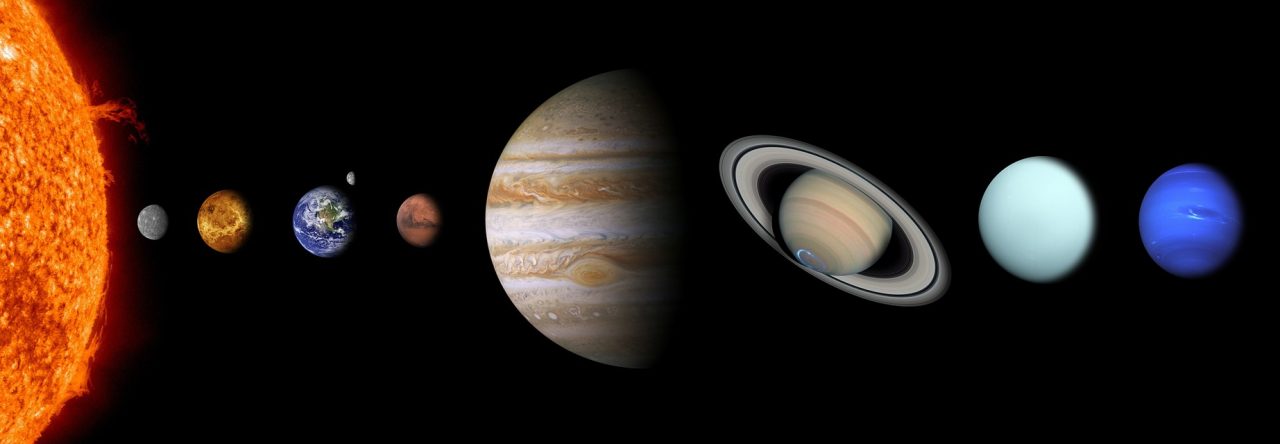






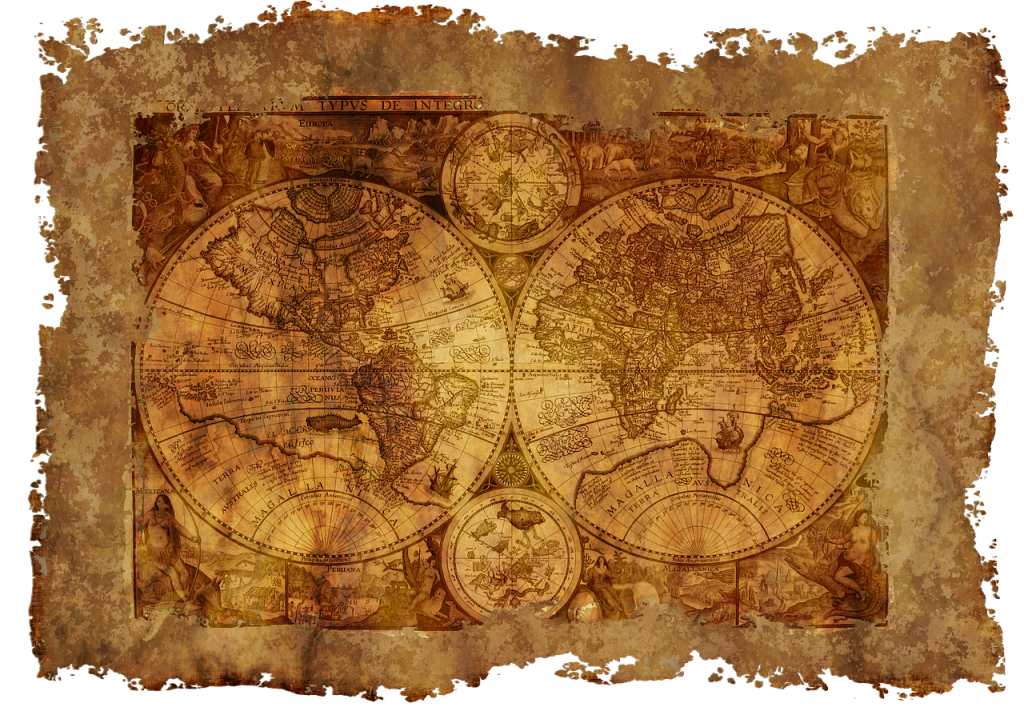

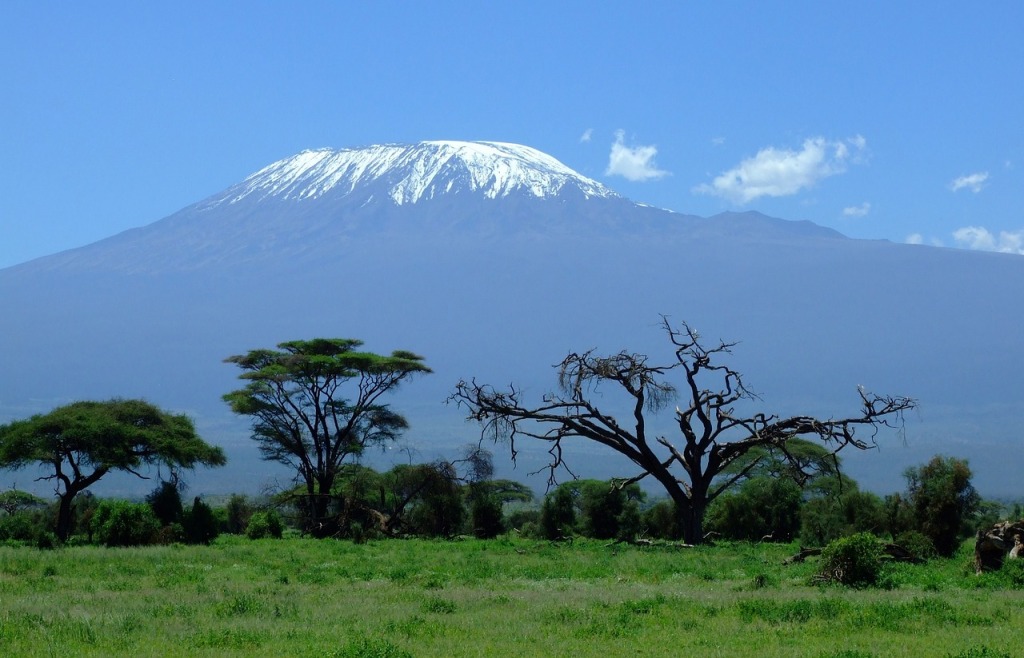
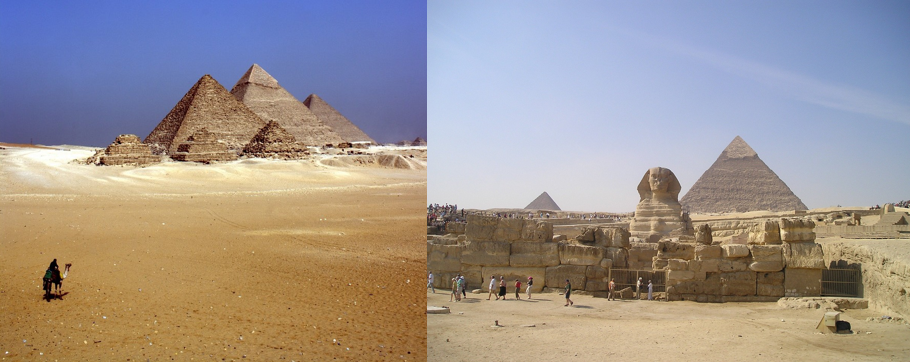
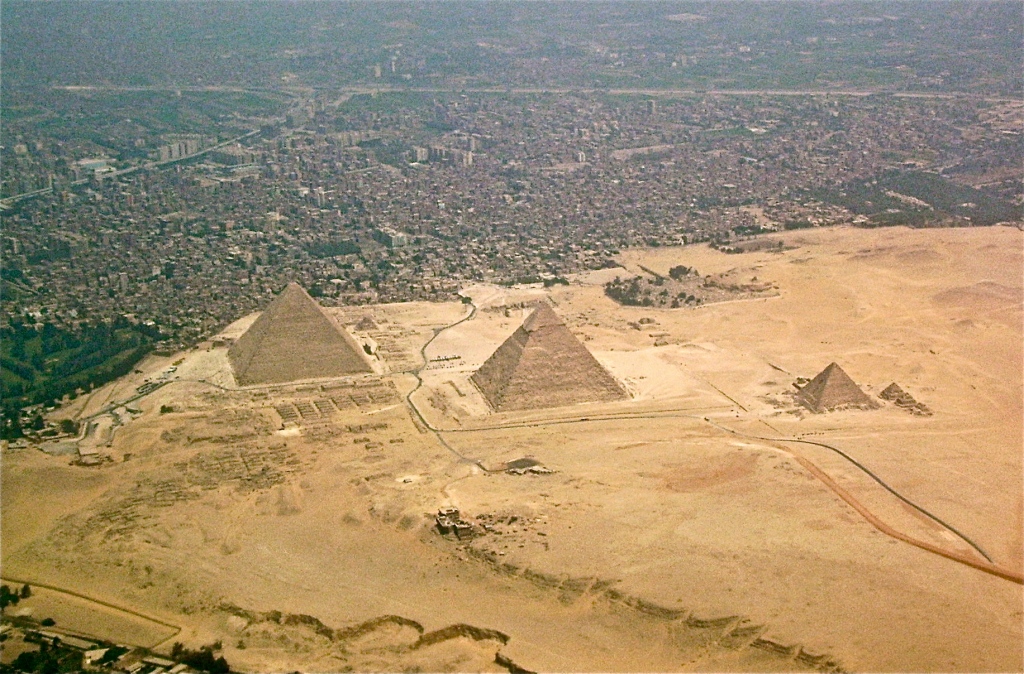
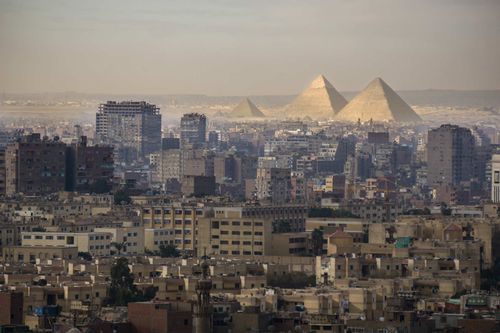
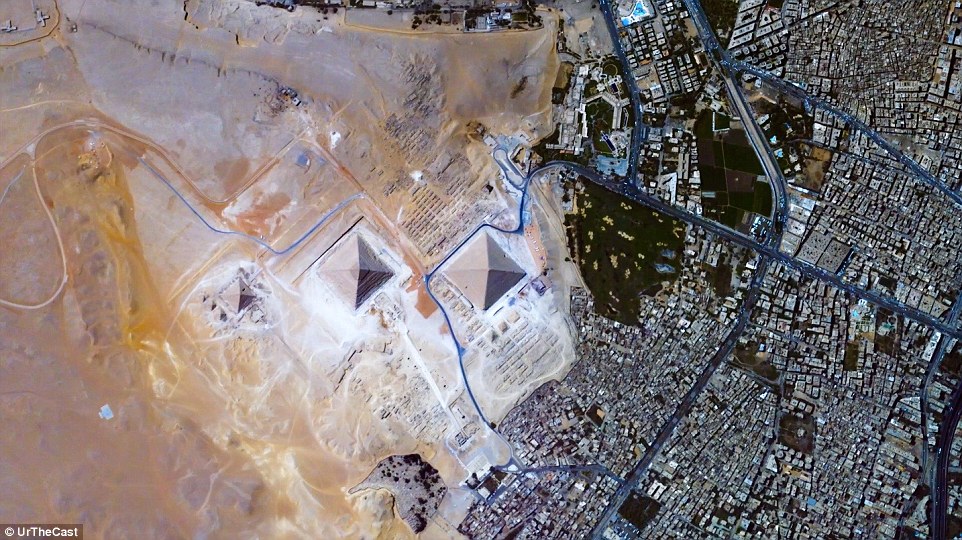
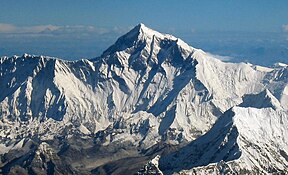

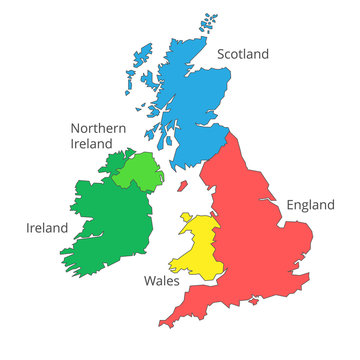
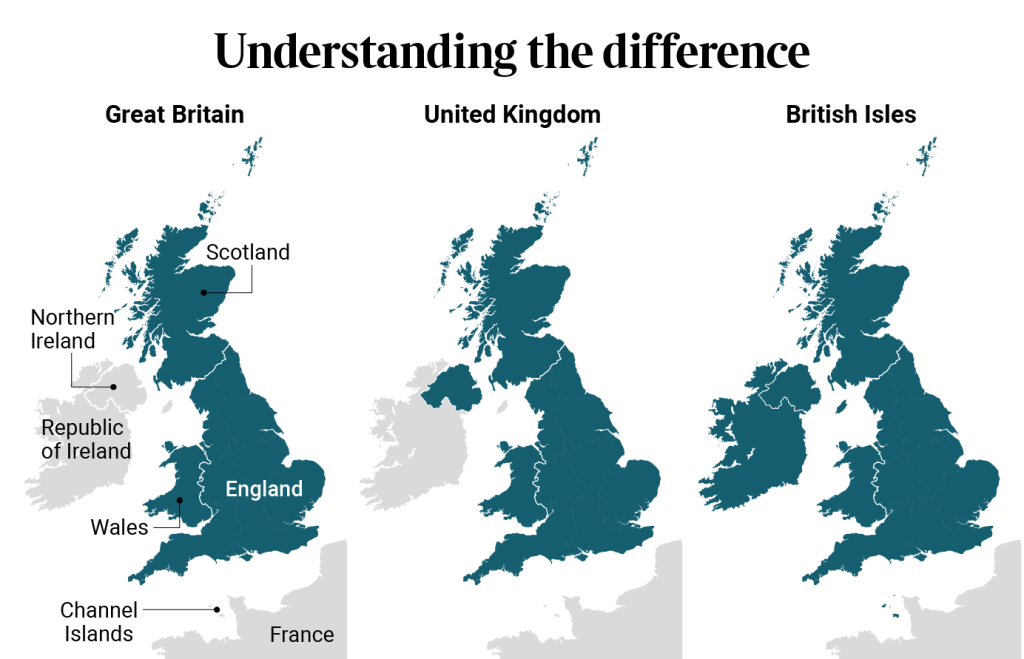

You must be logged in to post a comment.